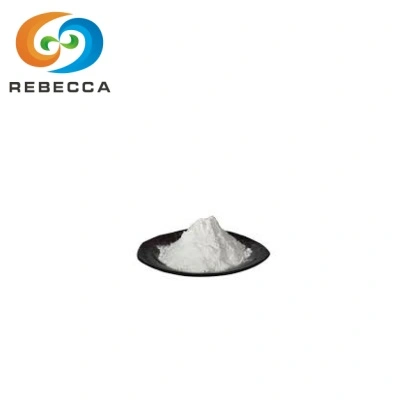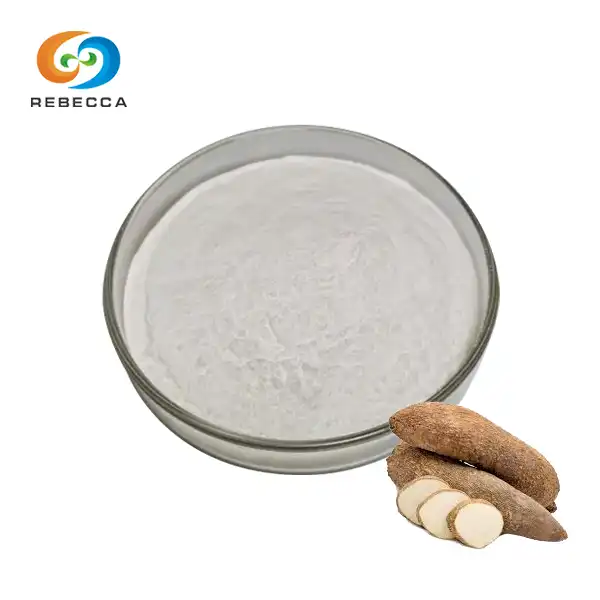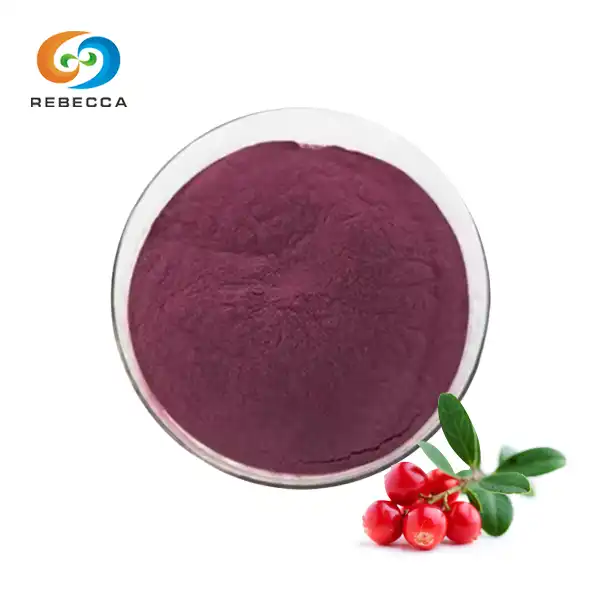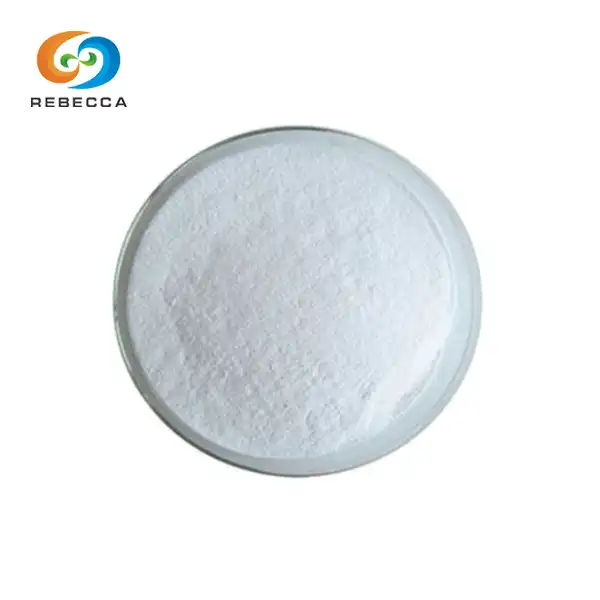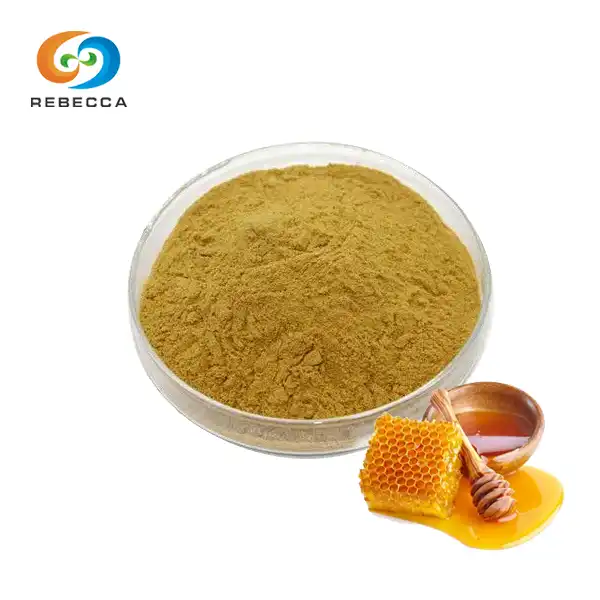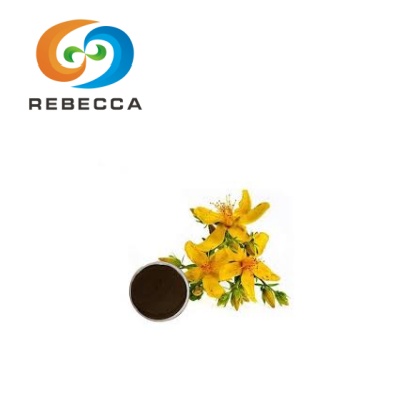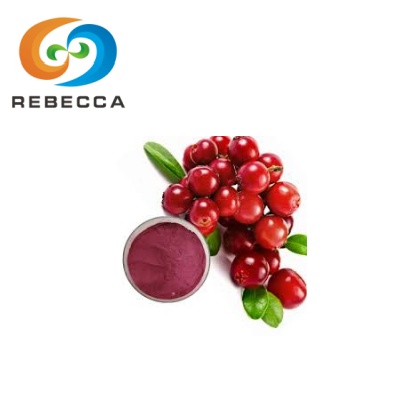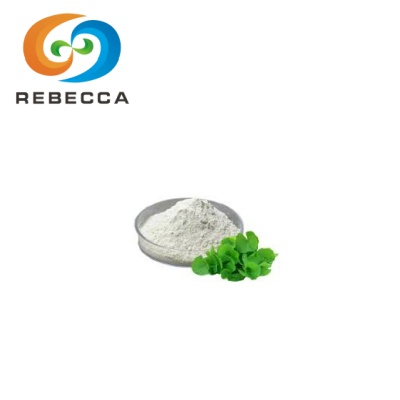What does capsaicin repel?
Modern applications of capsaicin as a repellent have expanded far beyond its natural origins. Today, both natural extracts and synthetic formulations serve in agricultural protection, garden pest management, and wildlife control. The development of synthetic capsaicin has particularly revolutionized commercial repellent applications, offering consistent potency and cost-effective solutions for large-scale pest management challenges. This technological advancement has made capsaicin-based repellents more accessible and reliable for various applications.
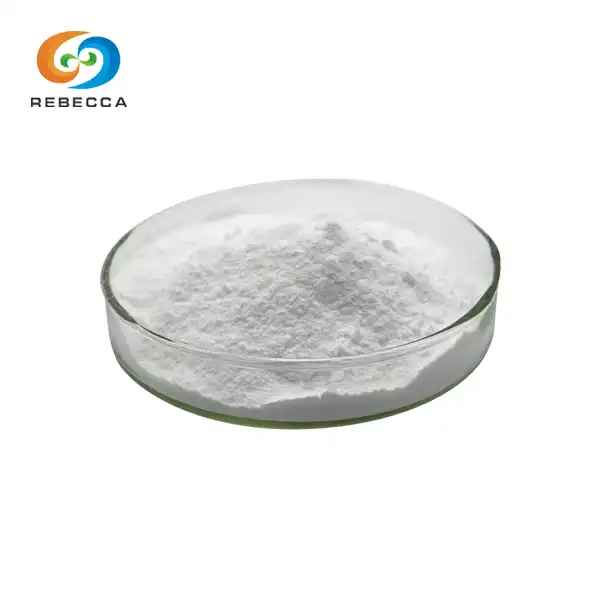
Synthetic Capsaicin
1.Product Name: Synthetic Capsaicin
2.Other Name:nonivamide powder, Pelargonic acid vanillylamide, Synthetic N-Vanillylnonamide
3.Appearace: Off-white to white powder
4.Specification: ≥98% HPLC
5.CAS No.:2444-46-4
6.Scoville Heat Unit:16,000,000 SHU
7.Molecular formula:C17H27NO3
8.Melting Range: 55~61℃
9.Synthetic capsaicin Professional Manufacturer and Supplier
10.Solubility:Soluble in Chloroform, Ethanol & Insoluble in Water
11.Package: 1kg/Aluminum foil bag, 20Bags/Drum
12.Free Sample Available, COA,MSDS Available
Pests: Natural Deterrents
In the realm of insect control, capsaicin's effectiveness varies considerably among different species. Commercial preparations target specific insect pests, including aphids, loopers, armyworms, spider mites, thrips, leaf miners, and whiteflies. However, capsaicin demonstrates toxicity to bees and other beneficial insects, requiring careful application strategies to minimize impact on pollinator populations. This dual nature of capsaicin as both a pest deterrent and a potential beneficial insect repellent necessitates thoughtful application timing and placement.
The mechanism of capsaicin's insecticidal action differs from its mammalian repellent effects. In insects, capsaicin's toxicity appears to operate through metabolic disruption, membrane damage, and nervous system dysfunction. This multi-faceted approach contributes to capsaicin's effectiveness against resistant insect populations while simultaneously serving as both a killing agent and repellent, depending on concentration and exposure duration.
Synthetic capsaicin offers particular advantages in pest control applications due to its consistent composition and standardized potency. Unlike natural extracts that may vary in concentration based on growing conditions and processing methods, synthetic formulations provide predictable results. This consistency becomes crucial for commercial applications where reliable pest deterrence is essential for protecting crops or property investments.
How Capsaicin Works as a Repellent: Biological Triggers
The biological mechanisms underlying capsaicin's repellent properties involve complex interactions with sensory systems that have evolved to detect and respond to chemical threats. At the molecular level, capsaicin binds to TRPV1 receptors, also known as vanilloid receptors, which are present in the sensory neurons of mammals. These receptors normally respond to heat and physical damage, but capsaicin triggers them chemically, creating the characteristic burning sensation that mammals experience when encountering this compound.
The activation of TRPV1 receptors initiates a cascade of neurological responses designed to protect the organism from potential harm. When capsaicin binds to these receptors, it causes calcium channels to open, allowing calcium ions to flood into the nerve cells. This influx triggers the release of neuropeptides, including substance P, which transmit pain signals to the brain. The resulting sensation is intense and immediate, creating a powerful negative association that drives avoidance behavior in future encounters.
The evolutionary purpose of this response system becomes clear when considering the natural function of capsaicin in pepper plants. Capsaicinoids play an essential role in plant defense, acting as deterrents against herbivorous mammals while protecting fruit against pathogens and insects. This selective pressure has maintained the sensitivity of mammalian pain receptors to capsaicin across millions of years of evolution, ensuring that the compound remains an effective deterrent against seed-destroying mammals.
Synthetic capsaicin demonstrates identical biological activity to natural capsaicin because it shares the same molecular structure and binding characteristics. However, synthetic formulations offer advantages in terms of purity and consistency that can enhance biological effectiveness. Pure synthetic capsaicin eliminates variables introduced by plant-derived impurities, ensuring that biological responses remain predictable across different applications and environmental conditions.
The concentration-dependent nature of capsaicin's biological effects allows for customized repellent strategies. Low concentrations may produce mild irritation that encourages avoidance without causing significant distress, while higher concentrations create more intense responses suitable for serious pest problems. This dose-response relationship enables applicators to match capsaicin concentrations to specific pest control needs while minimizing unnecessary animal distress.
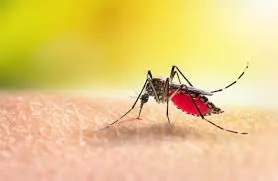
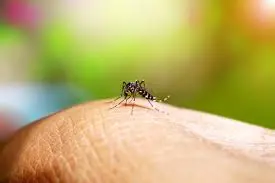
Practical Applications and Products
The commercial application of capsaicin as a repellent has developed into a sophisticated industry offering diverse products tailored to specific pest control needs. Modern formulations like Hot Pepper Wax Spray combine capsaicin with other ingredients to create ready-to-use solutions that can be applied directly to vegetables, ornamentals, and structures. These products demonstrate how capsaicin technology has evolved from simple pepper sprays to sophisticated delivery systems designed for maximum effectiveness and user convenience.
Agricultural applications represent one of the largest markets for capsaicin-based repellents. Farmers use these products to protect crops from deer, rabbits, and other wildlife without resorting to lethal control methods. The ability to apply capsaicin formulations directly to edible crops provides a significant advantage over many conventional pesticides, as capsaicin breaks down naturally and poses minimal risks to human health. Studies show that half of the capsaicin applied to soil breaks down within 2 to 8 days, reducing concerns about persistent residues.

Garden and landscape protection products have become increasingly popular among homeowners seeking effective, environmentally responsible pest control solutions. These formulations typically contain capsaicin concentrations optimized for common garden pests while remaining safe for use around family pets and beneficial wildlife. The development of long-lasting formulations has addressed one of the primary limitations of early capsaicin products, which required frequent reapplication due to weather exposure and natural degradation.
Synthetic capsaicin has revolutionized commercial repellent manufacturing by providing consistent, cost-effective active ingredients for large-scale production. The synthetic form costs approximately four times less than natural capsaicin extracted through solvent extraction and super-critical fluid extraction processes. This cost advantage has made capsaicin-based repellents accessible to a broader market while enabling manufacturers to develop more sophisticated formulations with enhanced effectiveness.
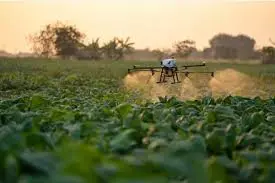
Personal protection products represent another significant application area for capsaicin technology. Pepper sprays for personal defense utilize high-concentration capsaicin formulations designed to temporarily incapacitate attackers. The effectiveness of these products depends heavily on capsaicin purity and concentration, making synthetic formulations particularly valuable for ensuring consistent performance when personal safety is at stake.
Rebecca: Synthetic Capsaicin Manufacturer
Rebecca stands as a leading synthetic capsaicin supplier, providing premium-grade compounds that meet the exacting standards required for effective repellent applications. Our commitment to quality ensures that every batch of products delivers the consistency and potency that pest management professionals and commercial manufacturers demand for reliable results.
We recognize that selecting the right capsaicin supplier requires careful evaluation of product quality and consistency. To support your decision-making process, we offer free samples to qualified customers, allowing you to verify our capsaicin's performance characteristics before committing to larger orders. Our technical team provides expert guidance throughout the evaluation process, helping ensure our products meet your specific repellent application requirements.
For detailed information about our products or to request samples and place orders, please contact us at information@sxrebecca.com. Our experienced team is ready to discuss your specific pest control needs and provide customized solutions that leverage the proven effectiveness of high-quality nonivamide for your repellent applications.
References
Halton Master Gardeners, 2020; PubMed Rodent Aversion Studies; NPIC Capsaicin Fact Sheets; PlantWise Knowledge Bank Insecticide Data.
ResearchGate Plant Defense Studies; NPIC Technical Fact Sheets; Journal of Chemical Ecology; Neuroscience Research Publications on TRPV1 Receptors.
Amazon Product Specifications; Aversiontech Commercial Applications; NPIC Environmental Fate Studies; Journal of Agricultural Technology Applications.
